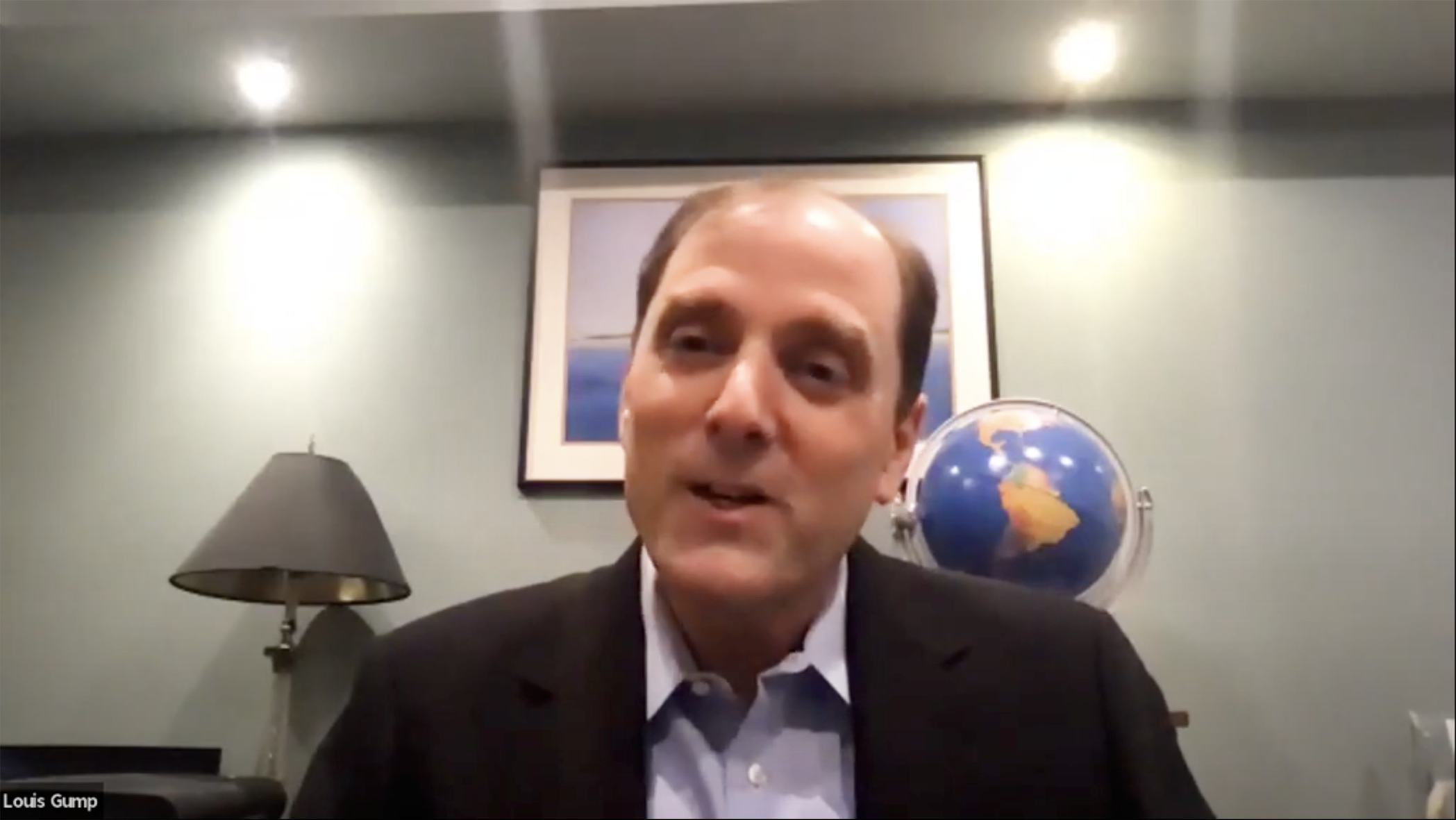Cable Adds a Playbook To Addressable Ad Push
Comcast, Charter, Cox try to simplify buying of targeted spots
The advertising-sales arms of top cable operators Comcast, Charter Communications and Cox Communications have produced a playbook designed to help distributors, programmers, media buyers and advertisers take advantage of their addressable advertising capabilities.
The playbook is the latest step in the cable operators’ On Addressability initiative, started in 2019 as a way to increase the effectiveness and value of television advertising.
Featured in the playbook, available to anyone in the industry via the website OnAddressability.com, are a step-by-step technical guide to help programmers and distributors launch addressable advertising, a buyer’s guide to addressable TV and a seller’s guide to addressable TV advertising. There are also definitions of terms used in addressable advertising and an overview of standards that the group hopes the industry will adopt in order achieve scale and simplicity of use.

“Since the launch of On Addressability, we’ve been talking with major programmers and distributors to help marketers incorporate addressability into their TV strategies to drive better results,” Comcast Advertising president Marcien Jenckes said. “Despite this progress, however, there are still challenges for both buyers and sellers alike. That was the impetus for the playbook. The timing could not be better. In the current environment, advertisers are ready to pivot, and we need to be ready, too. The technology is there. Now we just need to bring advertisers a more scalable and consistent offering — and do it quickly.”
Jenckes, Charter executive VP David Kline (president of Spectrum Reach) and Cox Media senior VP Louis Gump discussed the initiative at the Advanced Advertising Summit on Sept. 15, part of Future’s Fall TV Events 2020.
The companies have a combined reach of more than 30 million homes for addressable ads, Kline said, with AMC Networks and Discovery doing the first tests and the program being fully implemented in Q4. “I think we’re going to probably, before we’re done with this, add more [distributors] to it, so we can scale the way the industry needs,” he said.

Gump said Cox customers wanted more capabilities in terms of measuring ad-sales results, prompting Cox to join forces with the other companies. He said, though, “we can’t do it alone. If we are truly going to serve our customers, it has to be a joint effort. And so I would think of this as something that is not just the MSOs, but it’s also agencies, it’s brands and various enablers around the ecosystem” looking to build businesses and serve consumers better.
Broadcasting & Cable Newsletter
The smarter way to stay on top of broadcasting and cable industry. Sign up below
Traditional TV-advertising growth was slow before the pandemic hit, closing business and forcing those that were open to rethink how they were spending their advertising dollars.
The industry has touted addressable advertising — the ability to send different targeted messages to different audiences rather than broadcast the same commercial to all viewers — as a way to be more effective and better compete with digital media.
With different distributors using different technology and protocols in different parts of the country, advertisers and media buyers found it complicated to do addressable ad campaigns at scale, leading to calls for industry-wide standards and more cooperation and interoperability among cable operators and other distributors.
The On Addressability campaign is designed to tell marketers that the industry now has the capability to run campaigns at scale, and that it has become easier to plan, buy and evaluate addressable TV campaigns.
To view this panel and other Advanced Advertising Summit sessions on demand,
go to falltvevents.com.
Jon has been business editor of Broadcasting+Cable since 2010. He focuses on revenue-generating activities, including advertising and distribution, as well as executive intrigue and merger and acquisition activity. Just about any story is fair game, if a dollar sign can make its way into the article. Before B+C, Jon covered the industry for TVWeek, Cable World, Electronic Media, Advertising Age and The New York Post. A native New Yorker, Jon is hiding in plain sight in the suburbs of Chicago.

